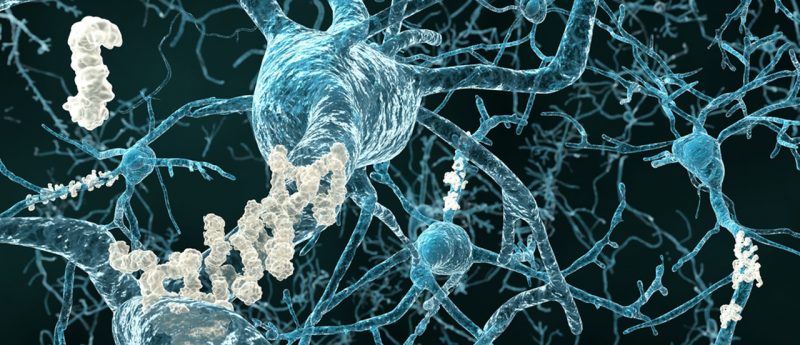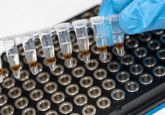New understanding of plaque development mechanism in Alzheimer’s disease

Despite the role of amyloid fibrils, and consequently plaques, in Alzheimer’s disease being well-known, the mechanism behind their initial development and then self-replication within the brain has remained unknown. A new study from researchers at the University of Cambridge (UK) has sought to investigate this, highlighting the requirements for protein fibril self-replication, with potential implications for drug development. The formation of the first amyloid fibrils within the brain occurs spontaneously and slowly, usually taking several decades. However, following the development of these first protein fibrils, replication and spread increases exponentially, resulting in a highly difficult disease to halt the progression...





